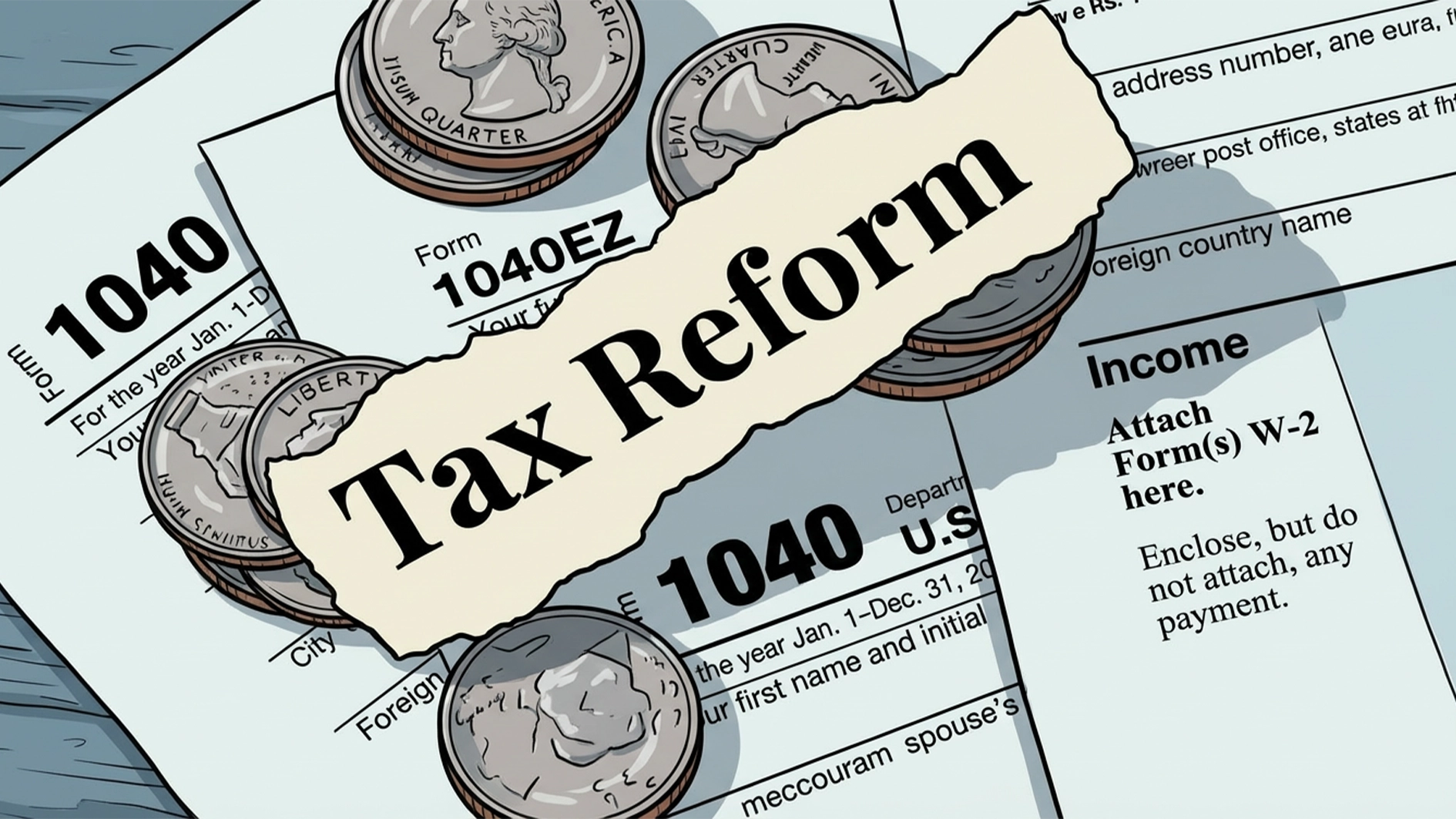A quiet revolution is sweeping through the global financial system as stablecoins — digital currencies pegged to stable assets like the U.S. dollar — begin to redefine how money moves across borders.
In a bustling fintech hub recently, Paul Joe, founder of Stablestats.xyz, tapped his phone to make a simple demonstration. Within seconds, digital dollars moved from one wallet to another, settling instantly. That seamless transfer, powered by stablecoin technology, captures the future of global payments — one that is faster, cheaper, and borderless.
Stablecoins are transforming traditional banking models by enabling transactions to occur anytime and anywhere, without the constraints of banking hours or the delays of correspondent networks. Joe, a fintech innovator and data analyst, has emerged as one of the leading voices promoting their adoption in the financial sector.
“Stablecoins make sending money across borders as simple as sending a message,” Joe said.
For decades, international money transfers have been slow and expensive, often taking three to seven days to clear with fees exceeding six per cent. By operating on blockchain rails that function 24 hours a day, stablecoins now allow users to send and receive funds instantly — a shift that could save billions annually in remittance and transaction costs.
This innovation is particularly significant for emerging markets, where unstable local currencies and weak banking infrastructure often leave millions excluded from the global economy. Unlike volatile cryptocurrencies such as Bitcoin, stablecoins maintain a steady value, making them suitable for everyday payments and savings.
In countries like Nigeria, India, and Indonesia, stablecoins have already become a financial lifeline. Nigerians, for example, are increasingly using digital dollar tokens to protect their earnings from inflation and to simplify cross-border payments.
“Stablecoins are democratizing access to global finance,” Joe explained. “They give people in developing countries the same ability to store value and transact globally as anyone else.”
Through his company, Stablestats.xyz, Joe is helping the world better understand this fast-growing market. The platform offers real-time analytics on stablecoins across multiple blockchains — tracking supply, circulation, and transaction trends.
According to industry data, the global supply of stablecoins recently surpassed $300 billion, a milestone that places the market on par with some of the world’s largest money market funds.
“StableStats was born out of a need to bring transparency to the stablecoin ecosystem,” Joe said. His platform’s weekly publication, Stablestats Dispatch, provides insights on market trends, regulatory developments, and adoption patterns across regions.
Experts say such transparency will be vital as stablecoins continue to enter the mainstream.
However, the rise of stablecoins also comes with regulatory and operational challenges. Their stability depends heavily on sound governance and strong reserves — issues that have drawn the attention of financial regulators worldwide.
In the United States, lawmakers have passed new legislation establishing clear rules for payment stablecoins, including requirements for high-quality reserves and regular public disclosures. Similar efforts are underway in Europe and Asia, where new frameworks are being developed to ensure consumer protection and market integrity.
Still, analysts note that achieving consistent global oversight remains a work in progress.
“The technology is moving faster than regulation,” Joe said. “But with the right framework, stablecoins can transform how the world moves money.”
As regulators, fintech firms, and innovators like Paul Joe work to balance innovation with accountability, one thing is becoming clear — stablecoins are not just another crypto trend. They are emerging as the backbone of a new era in global finance, where payments are instant, affordable, and universally accessible.






